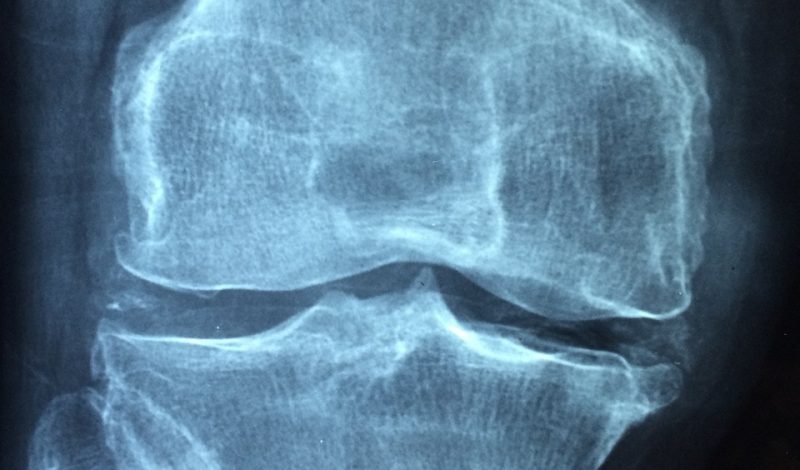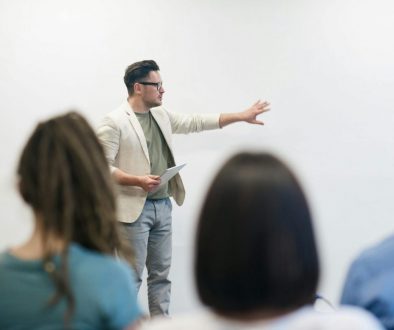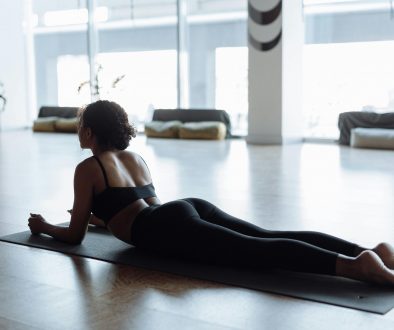Understanding ACL Injuries: A Comprehensive Guide
Introduction
At Skelian Chiropractic Clinic in Cheltenham, we see a number of different injuries every day at the clinic. Our Chiropractors, Sports therapist and Physio are on hand to help. One common sports injury we see especially around the football or ski season is ACL injuries.
The Anterior Cruciate Ligament (ACL) is one of the key ligaments that help stabilise the knee joint. This ligament, along with others, ensures the proper movement of the knee and contributes to our ability to walk, run, and jump. Unfortunately, ACL injuries are common, especially among athletes, and can significantly impact one’s mobility and quality of life.
Anatomy and Physiology of the ACL
The ACL is located within the knee joint and connects the femur (thigh bone) to the tibia (shin bone). It is composed of two bundles of fibres that work together to resist excessive forward movement and rotation of the tibia. The ACL is crucial for maintaining knee stability, especially during dynamic activities that involve sudden stops or changes in direction.
Injury Mechanisms
ACL injuries often occur during sports that involve sudden stops, jumps, or changes in direction. These movements can place a great strain on the ACL, leading to partial or complete tears. While contact injuries can cause ACL ruptures, non-contact mechanisms, such as landing awkwardly from a jump or abruptly changing direction, are more common.
Latest Statistics on ACL Injuries
Recent studies have shown a concerning rise in ACL injuries, particularly among female athletes. Research indicates that women are more susceptible to ACL injuries due to various anatomical and hormonal factors. The latest data suggests that there are approximately 200,000 to 250,000 ACL injuries annually in the United States alone, with a significant portion occurring in youth athletics1.
Prehabilitation Advice
Prehab, or pre-surgical rehabilitation, is a critical component of ACL injury management. The goal of prehab is to reduce pain and swelling, regain full range of motion, and strengthen the muscles around the knee. Effective prehab can lead to better surgical outcomes and a smoother post-operative rehabilitation process23.
Key Prehab Exercises
- Quadriceps Sets: Sit with your leg straight and tighten the thigh muscle. Hold for 5 seconds, then relax.
- Straight Leg Raises: Lie on your back, tighten your thigh muscle with your knee fully straightened, and lift your leg several inches off the floor. Hold for a few seconds, then lower slowly.
- Hamstring Curls: Lie on your stomach and slowly bring your heels as close to your buttocks as you can, and hold for a few seconds.
Rehabilitation Post-ACL Reconstruction
Post-operative rehabilitation is essential for a successful recovery. The rehabilitation process is typically divided into phases, each with specific goals and exercises designed to gradually restore knee function and strength.
Initial Post-Operative Goals
- Pain Management: Use ice and elevation to reduce pain and swelling.
- Range of Motion: Perform gentle exercises to regain knee movement without straining the graft.
- Weight Bearing: Gradually put weight on the affected leg as tolerated, using crutches initially for support2.
Advanced Rehabilitation Exercises
- Leg Presses: Start with light weight and increase gradually as strength improves.
- Lunges: Perform lunges carefully to avoid putting too much strain on the knee.
- Balance Exercises: Use a balance board or stand on one leg to improve proprioception and stability.
Conclusion
ACL injuries are a significant concern, particularly for active individuals and athletes. Understanding the anatomy and physiology of the ACL, staying informed about the latest injury statistics, and following expert advice on prehab and rehabilitation can help individuals navigate the recovery process effectively. With proper care and rehabilitation, individuals can return to their daily activities and sports with confidence and stability.
This article aims to provide a foundational understanding of ACL injuries, their impact, and the importance of proper rehabilitation. For those at Skelian Chiropractic Clinic, it’s crucial to tailor the rehabilitation program to each individual’s needs, ensuring the best possible outcome for every patient. Remember, recovery is a journey, and with the right guidance, a full return to activity is within reach.





